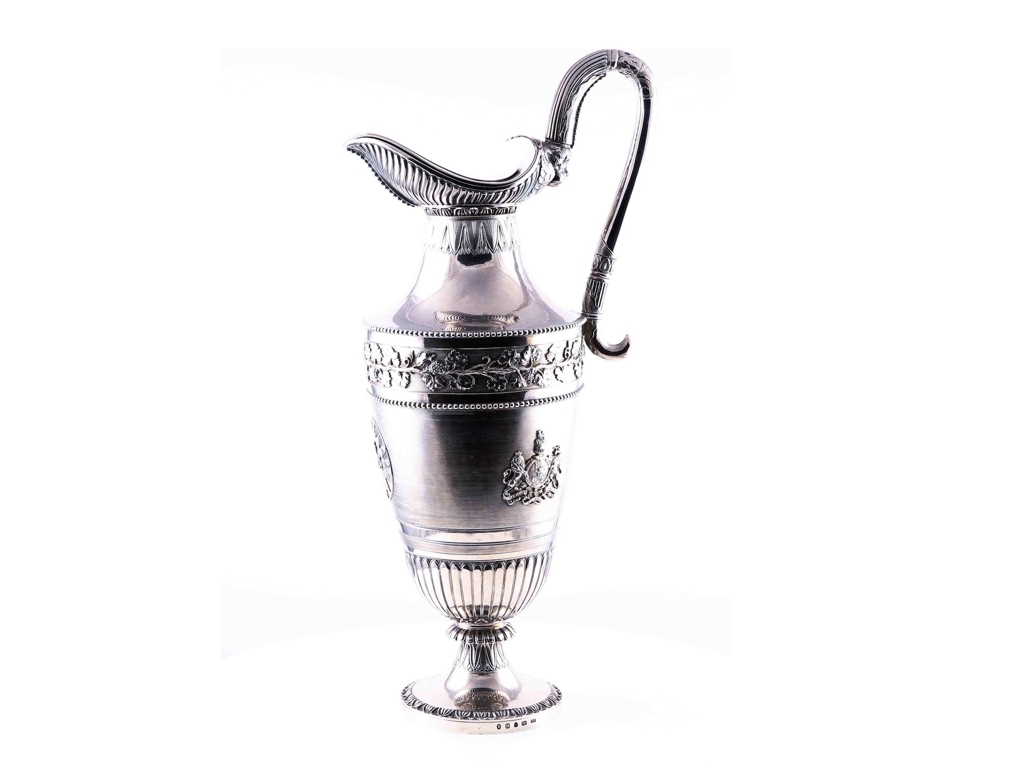The first Anglican cathedral built outside the British Isles
The Cathedral of the Holy Trinity is the first Anglican cathedral built outside the British Isles. It has been the seat of the Anglican Church in Québec since the days of Lower Canada in the early 19th century. An affirmation of the authority of the British Crown in the newly conquered colony, it was intended to counter the monopoly enjoyed by the Roman Catholic Church among the majority French Canadian population.
The Church of England asserts itself
From 1800 to 1804, the British government provided financial backing for construction of the Cathedral of the Holy Trinity, a short distance from the former residence of the governor of New France. Surrounded by lovely gardens, it was erected on the site of the Recollect monastery whose chapel had been a place of worship for Catholics and Anglicans alike since 1760. After a fire destroyed the monastery in 1796, the authorities decided to build an imposing edifice that would serve as the seat of the Anglican Diocese of Québec, which encompassed the colonies of Upper and Lower Canada.
Construction of the cathedral had a special significance for the British Crown since it would represent the Church of England in Quebec City, where Catholicism still held sway.
Two military engineers drafted the plans. They chose an architectural style that was all the rage in Great Britain—Palladian—which borrowed from Greek and Roman traditions. This style suited the austere aesthetic of Protestant architecture while its solemn dignity gave the building its required majesty.
A prestigious Anglican church
The Cathedral of the Holy Trinity, designated a National Historic Site in 1989, differs from Catholic churches in its great simplicity. The sober facade has a triangular pediment supported by four columns that frame three arches, each featuring a door surmounted by a window. The back of the church, facing Place d’Armes, is almost identical. The doors are replaced by windows in the two outer arches which flank a central window with two lateral bays, a typical Palladian feature.
The building is topped with a bell tower that rises one metre (three feet) above that of Notre-Dame-de-Québec Cathedral-Basilica, its Catholic neighbour. In 1830, the diocese equipped the tower with eight English change-ringing bells of exquisite quality, giving resonance to the Anglican community of Quebec City. The carillon is still in operation today.
The church’s interior is also in the Palladian style. The ornamentation draws on a classic motif from Antiquity—scrolls adorn the columns and are repeated in the liturgical furniture. The choir’s main decorative element is the altarpiece which integrates the carved screen behind the altar with the central window overlooking Place d’Armes.
Evolving interior decor
The original decor was changed in the 19th century to accommodate the Victorian penchant for commemoration. Many plaques in memory of bishops of the diocese and select parishioners were added to the Ten Commandments inscribed in the choir. Commemorative monuments, including the bust of the diocese’s first bishop, Jacob Mountain, who is buried under the choir, also grace the cathedral. In the same vein, panes of stained glass illustrating biblical scenes or vignettes from the lives of pillars of the Anglican community were imported from England.
The pews that parishioners originally had to rent are carved out of local oak, although an enduring myth has it that the wood came from the Royal Forest of Windsor. In the upper balcony one of the pews bears the royal coat of arms. It is reserved for the exclusive use of members and representatives of the Royal Family. One of the treasures of the diocese is a silver collection offered by King George III not long after the church was built. This exceptional collection is now on display in one of the side aisles of the church.
The Cathedral of the Holy Trinity today
Some 300 parishioners attend services at the cathedral and events at Church Hall, the community centre located in the original close. During its heyday there were approximately 1,000 parishioners, many of whom were British soldiers or merchants. Today this place of worship is open to all.
Related medias
Artifact

Part of acollection that was a gift from George III in 1804. It features the royal coat of arms and the coat of arms of the diocese. Holy Trinity Cathedral collection
Old pictures